Located adjacent to the Idaho ghost town of Bonanza, on a tributary of the Salmon River, is the idle Yankee Fork Gold Dredge. The dredge is described as the largest in Idaho, and one of the best-preserved dredges in the West.
The numerous interpretive signs at the dredge site relate a lot of great historical information about the Yankee Fork Dredge. The following sections contain the text from these signs.
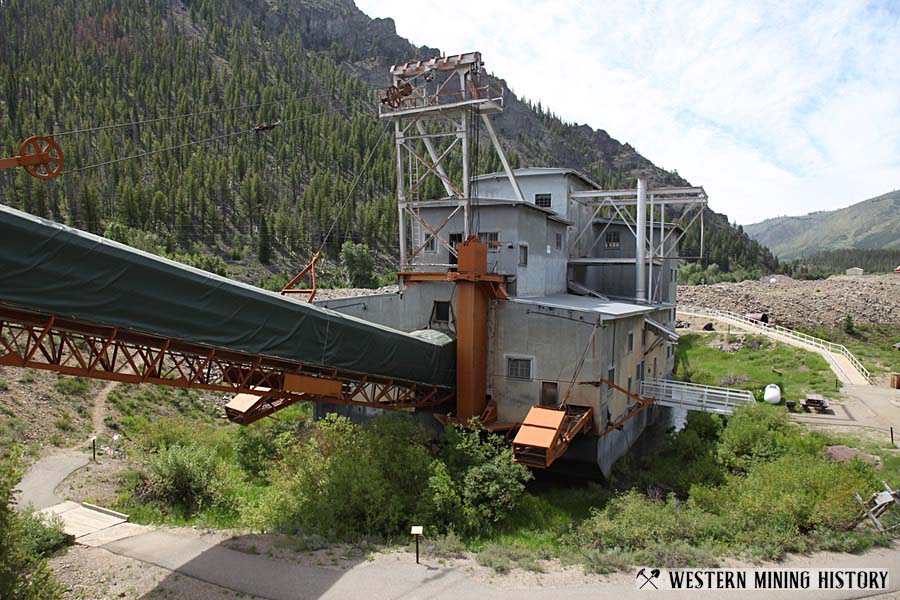
Yankee Fork Dredge Overview
The soil disturbance visible from this point and continuing for six miles up stream was created by a dredging operation which started in October of 1939 and continued until November of 1942. Operation was discontinued during World War II and resumed again in 1944. The dredge worked approximately 10 months each year until 1952.
The dredge bucket line had seventy-two, eight cubic foot buckets and could dig to a depth of 35 feet. Eleven feet of water was required to float the dredge. Initial tests of the placer ground showed that there would be approximately eleven million dollars in gold to be taken from the patented mining claims.
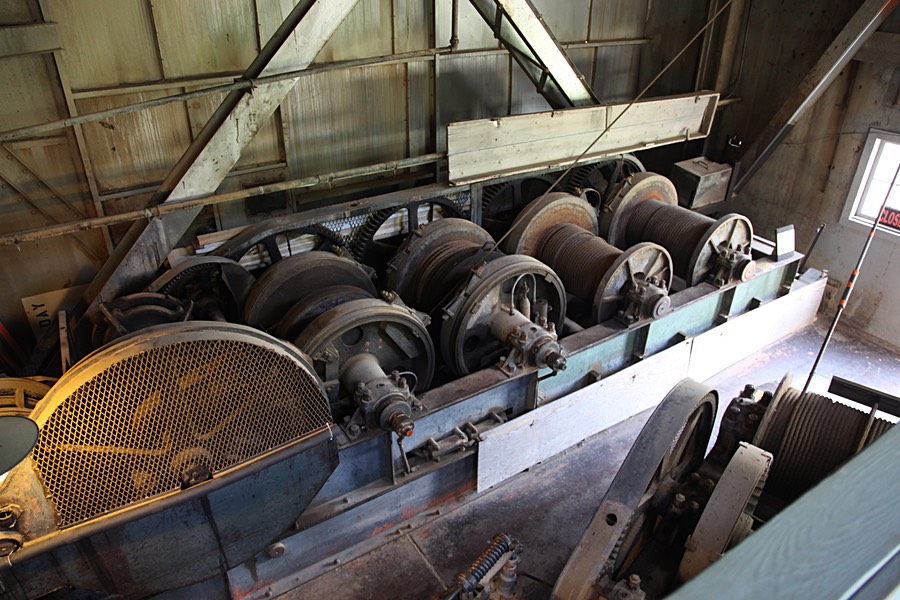
Construction of the Yankee Fork Dredge
A pond for the Yankee Fork Gold Dredge was constructed to allow the assembly of the massive four-story floating machine. It was a major operation to transport the equipment and pieces needed to build the dredge. Some pieces were shipped by rail to Mackay and trucked there by Lindberg’s Trucking Company of Mackay to the Yankee Fork site over Spar Canyon Road. One of the largest loads was the 55-foot, 17.5 ton spud. Sometimes it took a whole day to load just one truck with some of the pieces needed to build the dredge.
Another trucking company delivered the twenty-five pontoons, each measuring 10x10x27 feet, by hauling them over Galena Summit, no small feat. It took four months to build the dredge. After its completion, the pond was filled with the 8-10 feet of water needed to float and operate the 988 ton dredge. As the dredge worked, it continuously dug into its own pond in front and filled it in with tailings at the back.
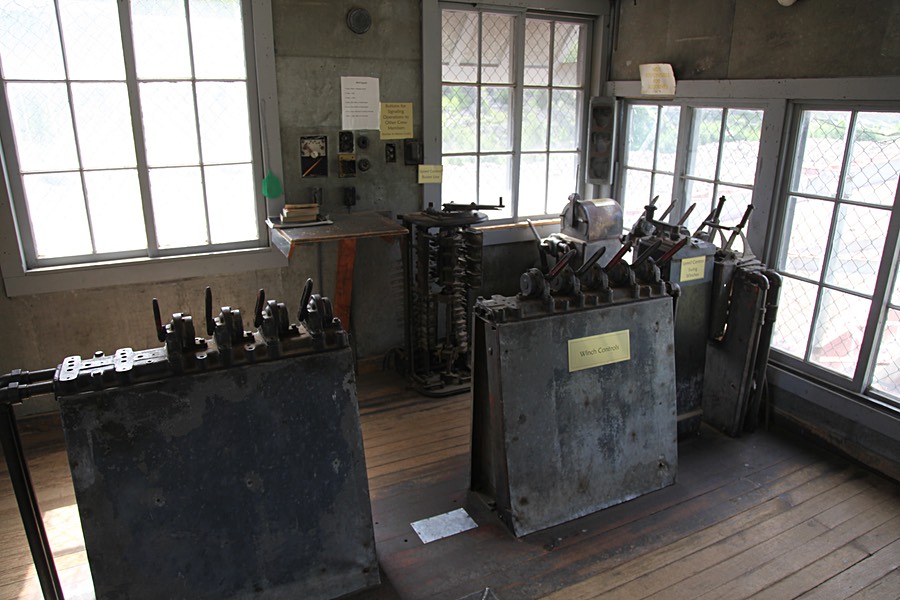
Dredge Beginnings
Thoughts of dredging the Yankee Fork began in 1899 when business groups bought up placer claims along the creek and were revived again in 1904 when the Boston & Boise Dredge Company drilled test holes. Rising gold prices stimulated interest again in 1932, and the Yankee Fork Placer Company brought in a diesel powered dredge. Inadequate equipment caused this project to fail.
The Silas Mason Company and later its subsidiary, the Snake River Mining Company, brought in machinery and tested the ground again.
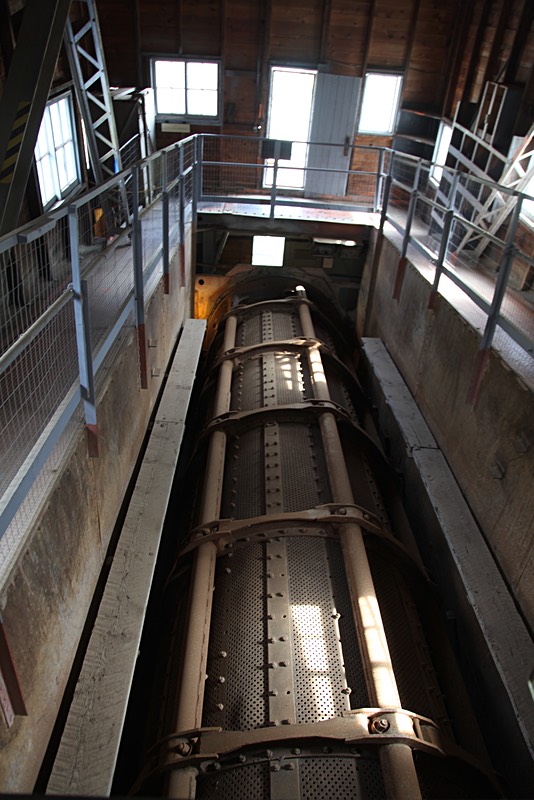
By 1940, a work camp was constructed and workers awaited the arrival of a custom-built dredge. The dredging operation continued off and on until 1947 when the company ended operations due to a bedrock reef that prevented access to better paying ground.
Warren Dredging Corporation, a company partially owned by J.R. Simplot, bought the operation in 1949. This company overcame the challenge of the bedrock reef and continued operation until 1952.
The dredge was moved to its present location in 1953
Dredge Camp Family Life
Workers on the dredge included the winchmen, stern and bow oilers, and the gold man, with only three men working each shift. A ground crew cleared the area ahead of the digging and helped set the “deadmen.”
The dredgemaster oversaw the entire operation, deciding where to dig, when to clean up and when to shut down for repairs.
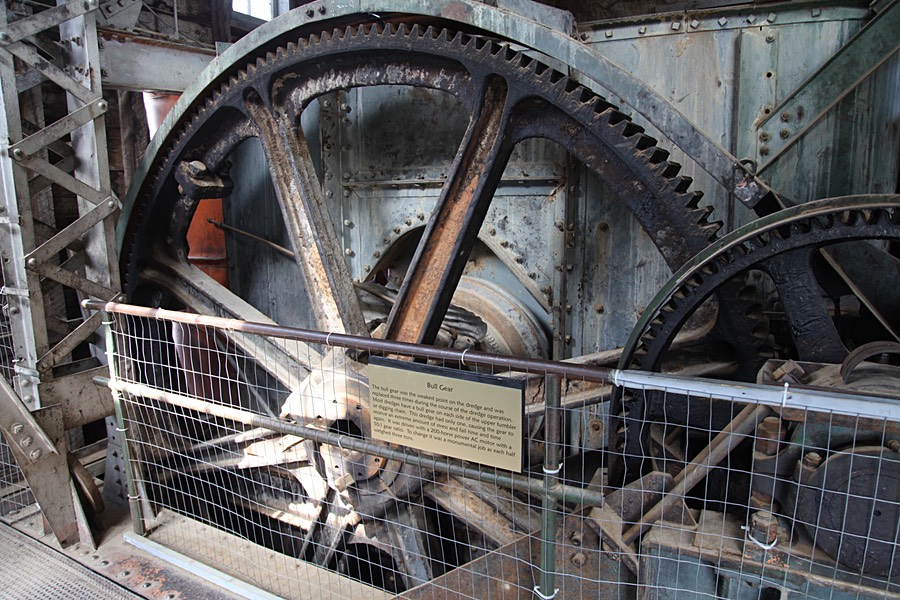
Most of the men and their families lived at the Dredge Camp that included several log and frame cabins, a bunkhouse, cookhouse, and a guest house. Those that did not live at the camp rented cabins at Sunbeam, Bonanza, or at other locations in the Yankee Fork Valley.
The closest school was in Stanley, and due to difficult travel conditions in the winter, a school was established at the camp. The first year there were thirteen students rangin from pre-school up to eighth grade. The location of the school changed over the years before a one-room school was built. One year the cookhouse kitchen served as the school and another year the school was held in part of the bunkhouse.
Dredge Tailings
The first prospectors on the Yankee Fork searched for small particles of gold known as “placer gold.” Eroded from exposed ore veins in surrounding hillsides, placer gold washed down valley walls and collected in stream channels.
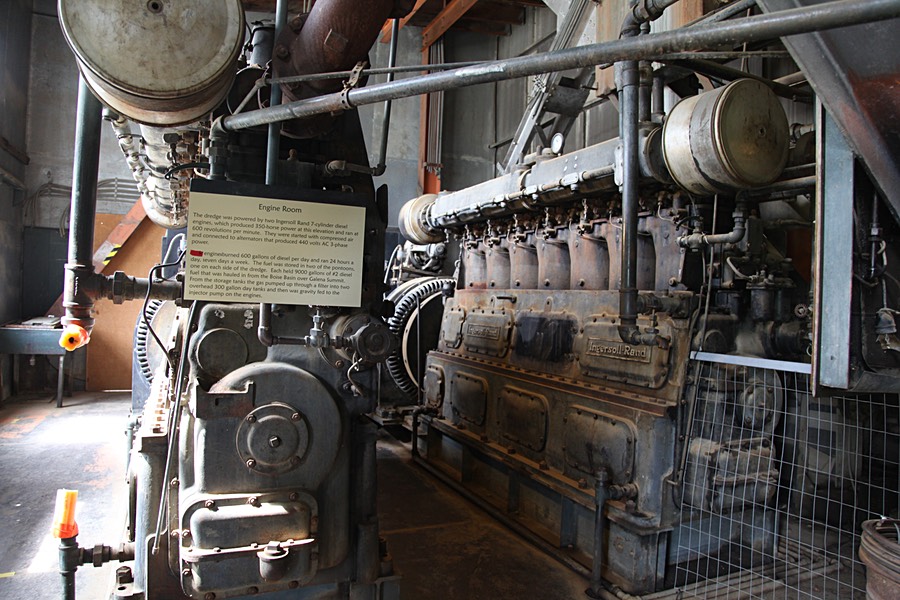
Propsectors used gold pans, sluice boxes and hydraulic giants to remove placer gold from the Yankee Fork. Despite the variety of tools, each operated on the same principle. Water washed and agitated sand and gravel, allowing gravity to separate the heavy gold particles from the lighter materials surrounding it.
The Yankee Fork Gold Dredge created the numerous gravel piles or “tailings” you see along the Yankee Fork River and provide the most visible evidence of placer mining on the Yankee Fork.
Operating between 1940 and 1952, this Depression era dredge removed enough gold to create a gold brick two feet square.
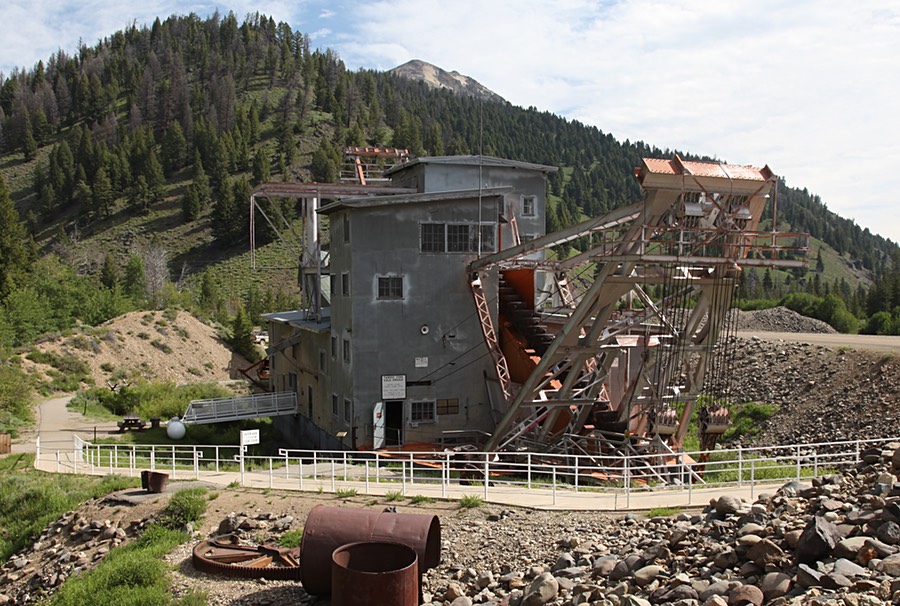
Restored by former employees, the dredge rests here at the mouth of Jordan Creek near the site of the Yankee Fork’s first gold discovery.
The dredge is open seasonally to the public for tours. See the Yankee Fork Dredge website for additional information.
Related: Oregon’s Sumpter Gold Dredge
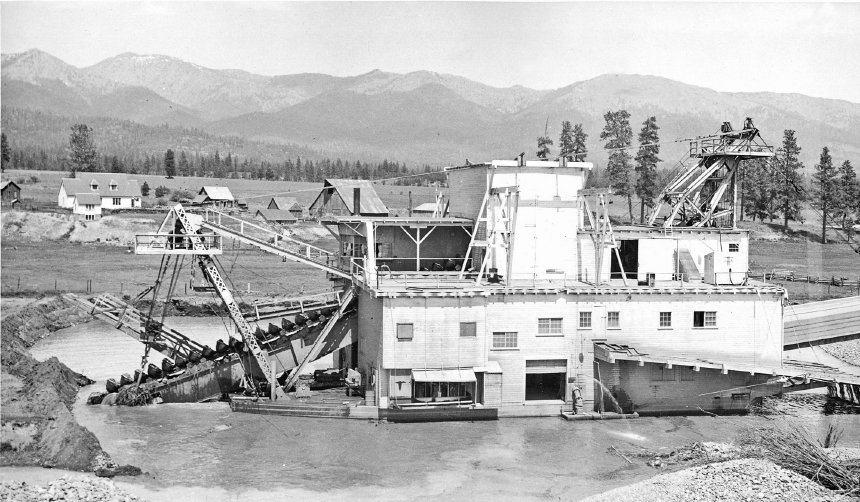
Another intact dredge that can be visited is the Sumpter dredge in northeast Oregon: Sumpter Valley Gold Dredge.